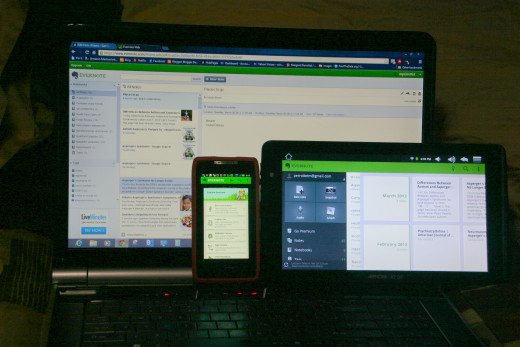
Hosting my CPB on Evernote enables me to organize, tag, and search my notes. In addition, my CPB provides me with an extensive resources of passages with which I can think through my own ideas, build arguments out of, and compare and contrast to each other. I find this exercise enables me to inhabit, however briefly, another scholar or writer’s style, which in turn draws me further into the text. I like that creating a CPB gives me the experience of transcribing passages.

I have used a CPB in each of my graduate courses, when I was studying for my comprehensive exams, and now as I’m working on my dissertation. A commonplace book (CPB) is a collection of quotes and media, a way to personally compile and curate knowledge from a variety of sources. I was first introduced to the concept of a commonplace book while I was reading Steven Johnson’s Where Good Ideas Come From. Evernote as a Commonplace BookĬommonplace Book, Mid-17th C., Beinecke Flickr Laboratory, Flickr (CC BY 2.0) Though I use Evernote for everything from organizing academic projects to keeping track of what I order online, today I’m going to focus on two particular ways of using Evernote as a writer-scholar: as a commonplace book and a submission manager. Plus, Evernote recently updated their web environment, and I find the writing space elegant and inviting. No need to transport my laptop to and from school. I often work at the library at the University of Georiga, and there I can access Evernote online, take notes all day, and then have them appear on my computer at home. In addition to typing notes, Evernote lets you copy and paste media into notes, organize notes in notebooks, tag notes, and sync notes across devices. Online, I have Evernote.Įvernote is a note-taking tool, comparable to OneNote, Simplenote, and others on the market.

Offline, I have a mess of sticky notes and legal pads and notebooks filled with hard-to-read scrawls.

I list updates and tweaks I want to consider for the websites I work on. I brainstorm ideas for future projects and blog posts. I take notes on the books and articles I read. Welcome back to Tool Review Tuesdays, a blog post series that explores how we can hack our classrooms and our research with composing, editing, networking, and other writing-related edtech tools! This is an extension of our Hack n’ Yack series, where the DRC fellows offer up some quick tips and perspective on tools they’ve found especially useful.


 0 kommentar(er)
0 kommentar(er)
